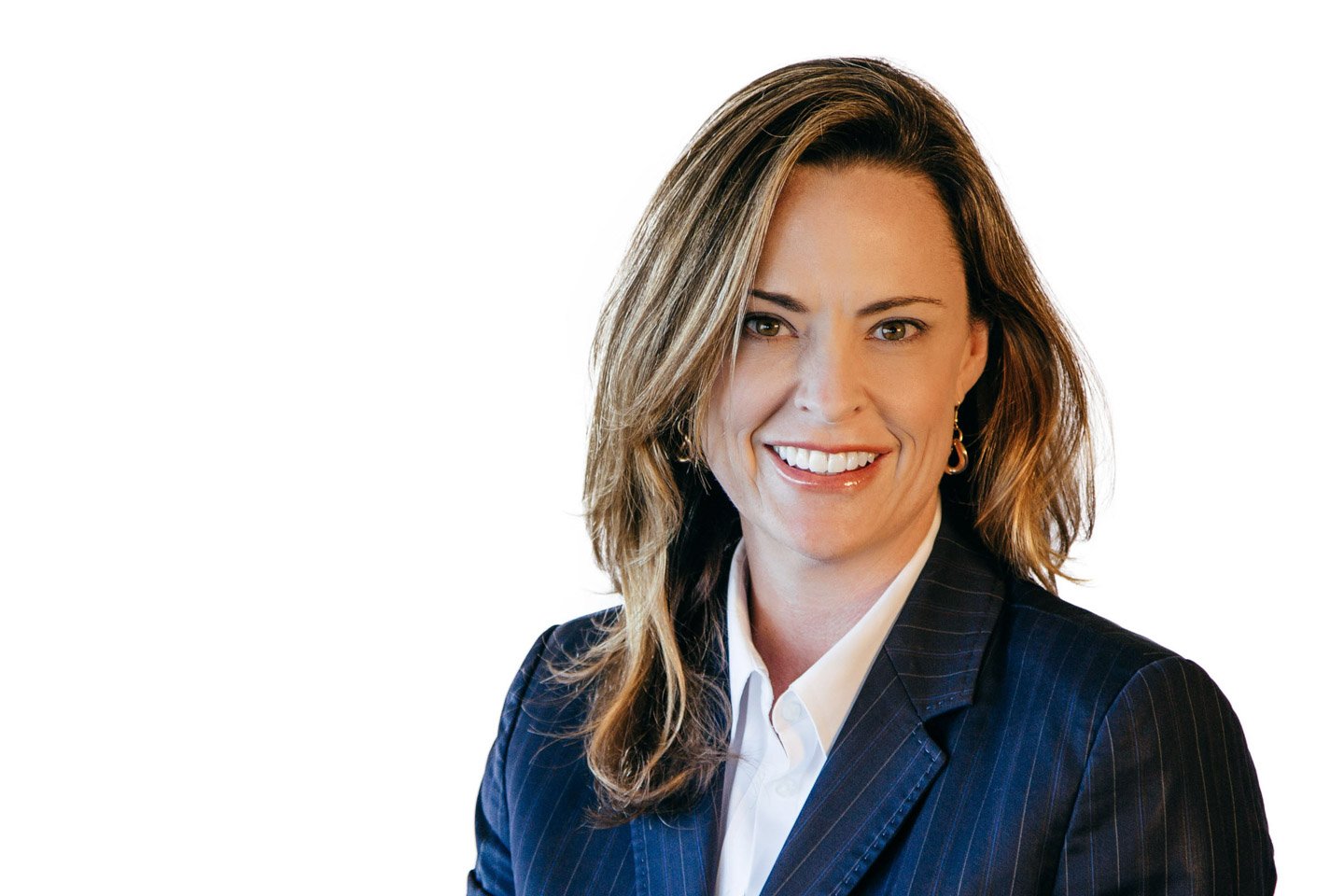
Today's customers expect more. They’ve grown accustomed to convenience, personalization, robust tech enablement, and a warm and friendly in-person experience. Moreover, they expect to be surprised and delighted by their buying experiences. This shift applies to small, everyday purchases and more significant investments, like vehicles.
For the automotive industry, financing is a major part of this equation. Decisions made today will make or break an organization's success in the next 5 to 10 years. With constant evolution in the future of mobility, regulatory changes, financing digitalization, and changes in other financial service industries over the past decade, automotive manufacturers (OEMs) have an opportunity to stay competitive and grow market share by offering new products and services that better align with customers' changing preferences and diverse financial needs. Plus, automotive value chains are at a tipping point, giving OEMs the chance to delight customers with creative financing solutions.
Digital advancements are the key reason captive finance (cap fin) organizations now have a unique opportunity to streamline the buying experience and create a lasting relationship with customers based on trust and loyalty. As artificial intelligence (AI), digital experience, and mobility continue to enhance and transform the end-user experience, there are parallel cap fin technologies that can supplement these changes with revenue opportunities.
Despite the challenges ahead, growth for your retail business doesn't have to be put on hold. Your customers are more than just hoping; they expect to buy from brands that modernize to meet their needs as we enter the new year.
Most consumers, especially younger generations, are moving away from sales lot bargaining in favor of a digital, buy-from-anywhere experience. Digital retail disruptors like Vroom tout a full, end-to-end digital experience, across browsing, purchasing, financing, and home delivery. Some cap fin companies offer pre-approved financing before a customer ever steps into a dealership, facilitating a quick and convenient experience for the final purchase. What’s more, diverse lenders are considering breaking into the auto financing space, including large banks, regional banks, online retailers, and fin-techs.
As an OEM, how can you tap into this opportunity? Learn about the key benefits of captive finance and how you can use it to amplify the customer experience below.

The Opportunity to Productize Captive Finance
Beyond insurance, organizations can monetize a historically back-end service by incorporating digital products and services that are emerging in the market. By improving efficiency and integrating the application and purchase processes, automotive finance companies can provide a better experience for their customers.
One of our favorite concepts is the idea of omotenashi, a Japanese word that has no direct English translation but describes hospitality as well as mindfulness. It’s the kind of hospitality that anticipates a guest’s needs, often before the guest is even aware of them.
Cap fin has an edge over traditional banks in that true captive finance organizations understand the business of mobility better than any other finance organization, which allows them to seamlessly identify, create, and expand their offerings. Through omotenashi, OEMs can shine in the financing space by anticipating and meeting customers’ needs.
Why Customer Experience Matters
Customer retention and loyalty is a key differentiator for cap fin organizations, which have visibility into customer behaviors and interactions through the owning or leasing lifecycle. Here’s how automotive cap fins can rethink the customer experience to promote long-term growth.
1
Harness the power of data
Leveraging customer data enables personalized communications and white glove treatment, which build trust and affinity and will impact future buying decisions.
2
Be competitive
Proactive communication of financing options with customers is imperative to ensure loyalty and reduce the risk of customers looking elsewhere for lower interest rates, such as credit unions.
3
Stay relative
Organizations must remain vigilant in pursuit of customer satisfaction, requiring them to think outside the box when it comes to products and services to meet customer demands, above and beyond financing vehicles.
4
Make it personal
Provide white glove service to customers without trivializing lead times and churn. Customers are accustomed to shopping on Amazon, and they bring those expectations to their other buying experiences.
Getting Started
To maintain and grow their revenue stream, cap fins must become more digitally proficient and extend offerings beyond traditional financing and leasing. Here are a few areas to consider when reworking your customer experience to focus on hospitality.
Look at the Big Picture
Is your tech fully integrated into your processes? It’s vital for OEMs to align financial products with digital products and services to meet customers on a unified front, ensuring payment processing, digital products, and self-service are readily available.
Explore Adjacent Markets
Look for opportunities to partner with other brands by white labeling financial services to other companies. One example is a recent partnership between a leading automobile manufacturer and a leading outdoor retailer, providing the foundation for joint marketing, incentives, and bundled purchasing/financing – one stop, one bill, one deal.
Choose the Right Tools
Customer experience is all about tailoring incentives to best fit day-to-day life, and tech is continually evolving to provide these incentives. On the dealership side, tools to improve customer experience include pricing, marketing and communications channels, and leveraging new forms of mobility. On the end-customer side, those might be payment products like insurance, contracts, dynamic pricing, and subscription-as-a-service. Digital and analytics capabilities can also give customers more decision-making power related to prequalifying and financing vehicles.
Tailor the Experience to the Product
In this era of evolving mobility, the experience of buying and owning a vehicle is not one-size-fits-all. For instance, the experience of buying and owning an electric vehicle (EV) is different from that of purchasing and maintaining a gas-guzzler.
Get Competitive with EVs and Beyond
To date, banks dominate the EV lending space – the fastest-growing share of car sales – via indirect lending through dealers. OEM cap fins have a key advantage and opportunity to sell EVs directly to customers. EVs and other emerging classes of vehicles present an opportunity to restructure insurance coverage and maintenance services as well.
Make Use of Dealer-Level Scorecards
These are used to determine coverage across dealer offerings. Leveraging holistic pricing with dealers strengthens relationships amid rising interest rates. This allows dealers to boost rates, compensation, and rewards programs.
Explore Subscription as a Service
Subscription programs allow for a long-term, intentional relationship with customers. When done right, they foster happy customers who trust and advocate for your brand. Those programs could include long-term leasing, maintenance, car share, or tools and features within the vehicle.
Take a Fresh Look at Insurance
As the automotive space evolves, insurance is changing, too. Traditional personal and commercial auto premiums will begin to transition as the market shifts toward car sharing and fully autonomous vehicles. Increased safety via technology will change the shape of insurance policies as well. Emerging innovations include pay-as-you-go or usage-based insurance and in-vehicle telematics to evaluate driver behavior and claims history.
Seek Allies Among Dealerships
Look for partnership opportunities with dealership networks. Partnering with dealerships creates additional sales avenues and new channels for reaching potential customers. One option is creating holistic dealer incentives, including pricing, financing, and employee incentives.
Use Messaging Wisely
Create intentional marketing and communication plans – both in partnership with dealerships and to educate dealerships themselves. Educating dealers on new products and services is essential for market dissemination.
Harness Dynamic Pricing
Stay competitive by allowing for flexibility in pricing against competition, adjusting as needed based on external factors.
Beyond Auto Finance: Tangential Markets To Consider
In addition to traditional offerings like leases, loans, payment protection, and warranties, captive finance organizations should consider branching into other markets to stay competitive. Those tangential markets include:
Financial services
Credit cards, direct lending (auto and non-auto), and usage-based insurance
Day-in-the-life mobility
Charging station financing, toll payments, pay-to-park, and vehicle rentals
In-vehicle services
Online shopping, streaming services, and proactive maintenance
Not sure where to start? We can help!
Using our digital transformation and customer experience modeling, Point B has counseled dozens of OEM and cap fin organizations as they rework their processes to promote omotenashi hospitality and foster customer delight. These efforts can range from minor tweaks in existing technology to a major organizational overhaul. Areas we can lend expertise include:
- Determining how to best leverage OEM or captive assets
- Enhancing GTM strategy as market changes occur and OEMs move toward mobility
- Making the best use of existing products, assets, and data
- Choosing and integrating new products and assets
- Aligning value proposition and GTM strategy with new product or service offerings
- M&A analysis and approach
To learn more about how we can help infuse your finance structure with hospitality, get in touch!
RELATED INDUSTRIES
RELATED SOLUTIONS




